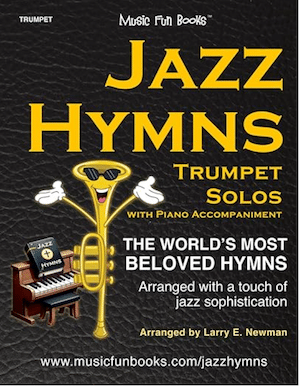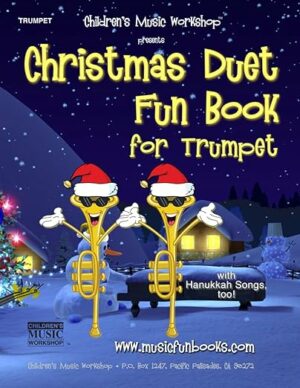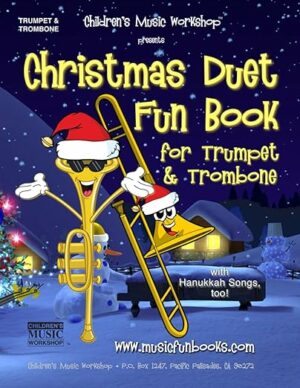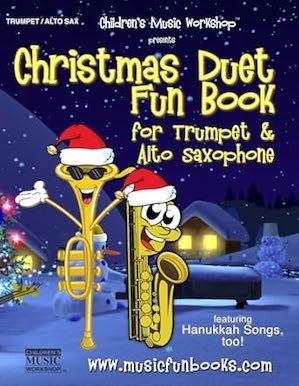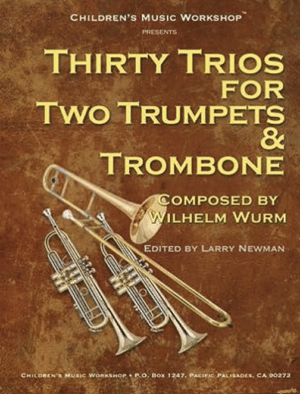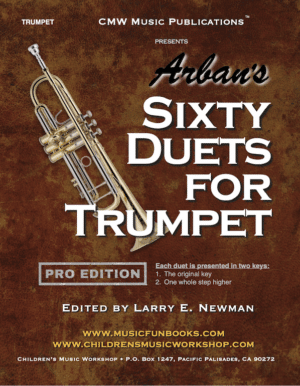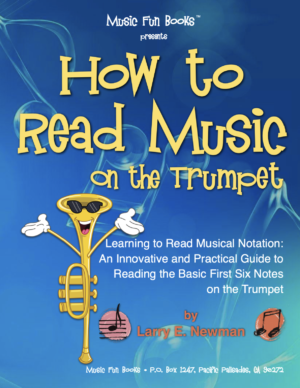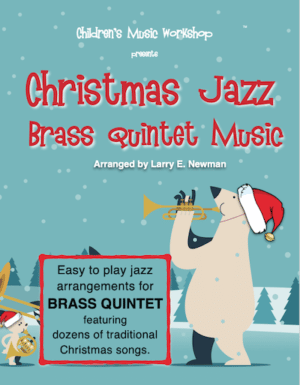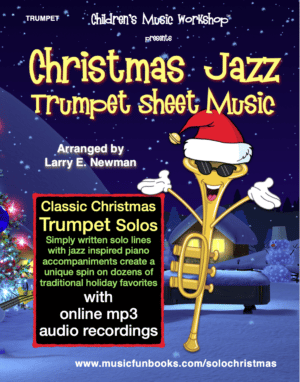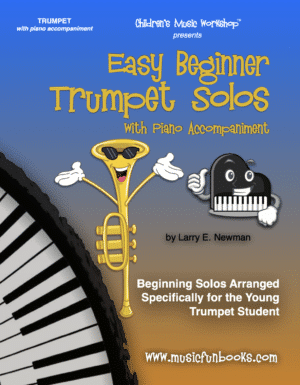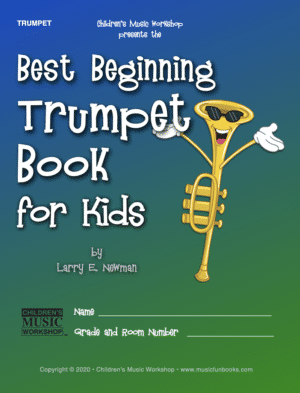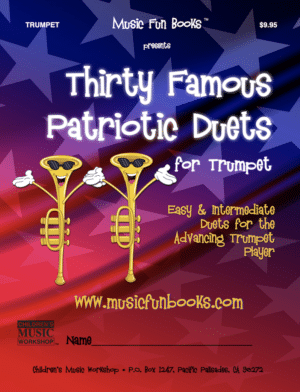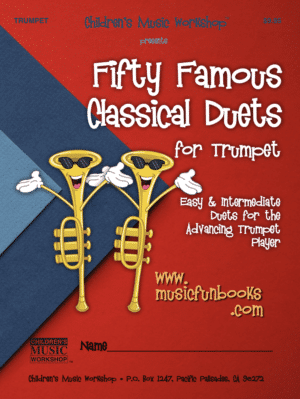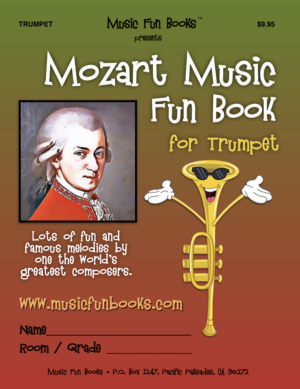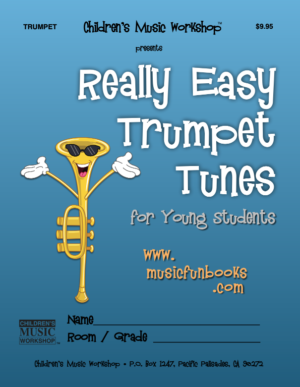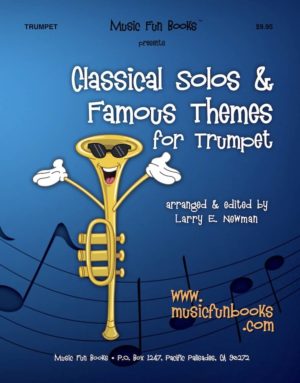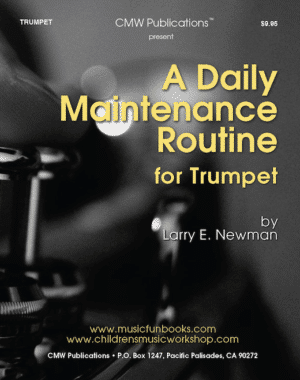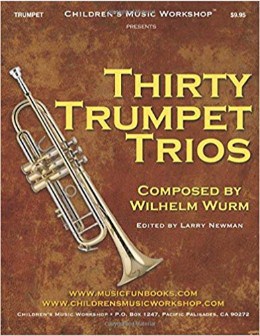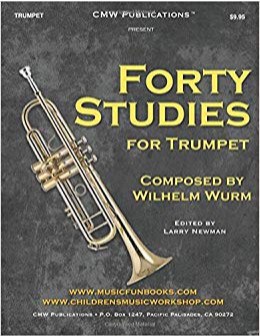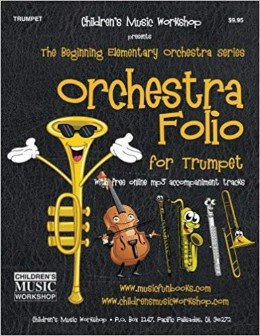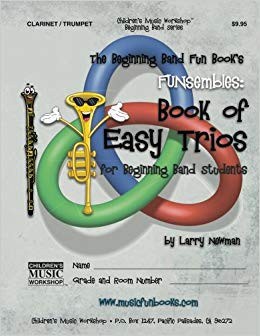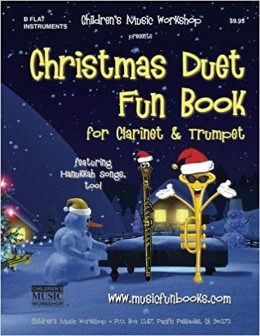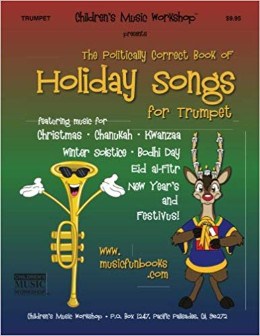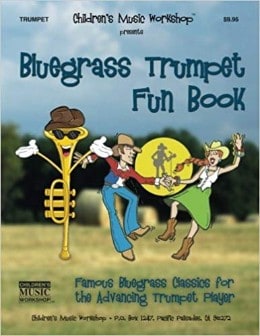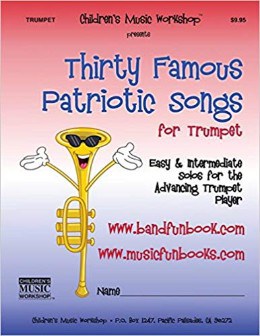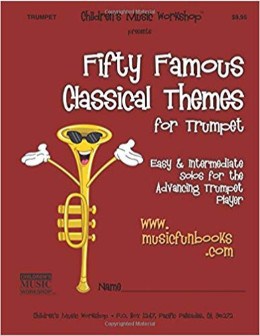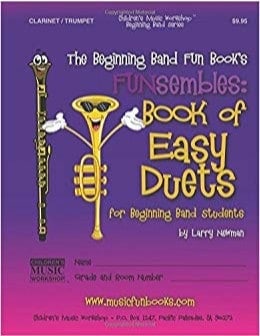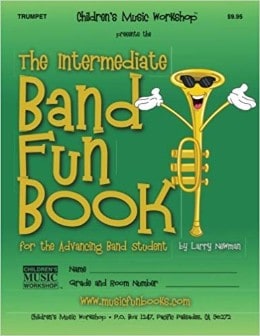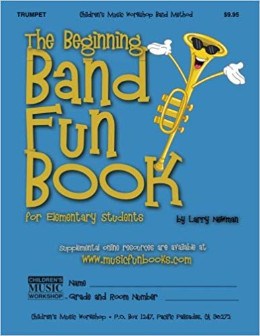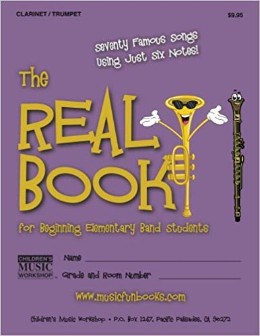WHY PLAY THE TRUMPET
A trumpet for a child is a great starting point for learning music. High, bright, light and clear, the trumpet has a wonderful sound and is a great instrument for any student entering the world of music. A soprano horn, it is one of the highest in pitch of all the brass instruments and is often featured on the melody, which any instrumentalist, young or old, enjoys playing. Also, the trumpet has fewer mechanical parts and is more durable than many other instruments. Young trumpet students can enjoy making music in a number of ensembles including concert and marching bands, orchestras, jazz bands, brass quintets, large brass ensembles, rock bands, and solo trumpet with piano. School music programs will offer many ensembles and performance opportunities and are a great place to start.
IS IT HARD TO PLAY THE TRUMPET?
The staff members of a music store can offer expert assistance in picking out your first trumpet, and it may also be helpful to have a more experienced player with you to help you test the instrument when you shop for your first trumpet. It is recommended that you gather as much information regarding brand, model and instrument features as possible.
Get opinions and information from your band director, private trumpet teacher, the sales person at the store, and anyone else you know to be knowledgeable about the trumpet. These are usually well-trained musicians who have attended a college or university with a concentration in music.
BACKGROUND AND HISTORY OF THE TRUMPET
The trumpet has been a prominent instrument throughout history, heralding kings and queens, calling the cavalry to action, and even bringing down the walls of Jericho in biblical times. Its earliest ancestor is perhaps the ancient shofar (ram’s horn), which also dates from biblical times. The most recognizable ancestor of the modern-day trumpet was the natural trumpet (trumpet without valves), first used in the Renaissance era. It could only produce a limited number of notes, but nonetheless thrived as a popular instrument because of its wonderful sound.
Composers such as Bach and Vivaldi wrote extensively for this instrument. In the mid-1800s piston valves were created which open and close various lengths of tubing, allowing the trumpet to play all of the notes in the chromatic scale.
The modern trumpet was born.The trumpet is perhaps the most versatile instrument in the brass family (which includes French horn, trombone, baritone horn and tuba), thriving in many styles from jazz and pop to classical and rock. Trumpet players have often been in the limelight, among them many jazz, Big Band and classical greats such as Louis Armstrong, Miles Davis, Doc Severinsen, Maurice Andre and Wynton Marsalis.
The trumpet is often a featured instrument in the orchestra as shown in Mossourgsky’s “Pictures at an Exhibition.” Prominent composers like Haydn and Vivaldi wrote concertos for one and sometimes two natural trumpets.
The jazz and Dixieland idioms have always made extensive use of the instrument, and groups such as Chicago and Blood Sweat & Tears have given solo status to the trumpet in rock music.
Whatever the musical style, the trumpet has thrived for centuries.
WHERE SHOULD I BUY A TRUMPET?
There are a few options available when purchasing a trumpet: your local music store, a mail-order service, or private party selling a second-hand instrument. Each has its benefits, but key things to consider are price and service. Proper maintenance and accidents can lead to potential problems such as slides or valves that get stuck or damaging dents and dings which can affect more than just the looks of the instrument.
You may want to choose a music store with a repair person on-site or, if you purchase from a mail-order service, it would be wise to have a repair shop available to you locally.
THE TRUMPET FAMILY
There are various types of trumpets and related instruments. The most common is the Bb trumpet which is played in concert bands, jazz bands, rock bands and most ensembles which involve trumpet.
Other commonly used trumpets include the C trumpet, D trumpet, Eb trumpet, and piccolo trumpet. These differ from the Bb trumpet in the length of tubing, which as listed above, progressively get smaller, making them higher in pitch.
They can be heard in orchestras and chamber ensembles, and are used for solo trumpet works as well.
The piccolo trumpet, which is the smallest horn (a full octave higher than the Bb trumpet), is most recognizable from the long-standing theme of “Masterpiece Theater” on PBS. The cornet is very similar to the Bb trumpet only it has a conical bore instead of a cylindrical bore, making it “darker” in sound.
The fluegel horn has a bigger bell, with a wider flare and tubing which is wrapped with wider curves, giving it a much mellower sound than a trumpet. There are also various types of bugles (a conical trumpet without valves) commonly heard in the military or the Boy Scouts playing “Taps” and “Reveille.”
So there are many trumpets and trumpet-related instruments. However, most students only need to play the Bb trumpet, at least until high school.
At that point, they may want additional trumpets for ensembles and solo works that demand the use of other instruments.
STUDENT, INTERMEDIATE AND PROFESSIONAL TRUMPETS
Many companies manufacture student, intermediate, and professional model trumpets. The suggested retail price for student horns is approximately $700 or more, for intermediate (or “step-up”) trumpets it’s $900 or more, and professional model instruments carry list prices starting around $1500. (Note: These are “manufacturer suggested retail” or “list” prices. Stores typically offer an actual retail price that is lower than these figures.
Through Children’s Music Workshop, instruments are available at up to 50% off the retail price.)Beginner, intermediate, professional _ what’s the difference? In general, student horns play well, but don’t have all the features and craftsmanship found on an intermediate or professional model. Most student trumpets are made with a two-piece bell as opposed to a one-piece bell, which affects sound and projection.There are also trumpets with the so-called “seamless” bell. A seamless bell is two pieces joined without “filler” material, in effect creating a one-piece bell with no seam.
The valves (pistons) on beginner instruments are made with slightly looser tolerances than the pro models, so they should always move freely as long as they are cleaned and maintained properly.A student model horn will probably satisfy beginners for two or three years, but if the players excel, by the time they are in high school they may be ready to move on to a more expensive instrument.
Lacquer vs. Silver
All trumpets are made out of brass but are most commonly available with lacquer or silver plated exteriors. There are differing ideas as to which sounds better, but William Vacchiano, the former principal trumpeter of the New York Philharmonic, put it best when he said,” “Number one, the silver trumpet looks better and, number two, it doesn’t matter!” To sum up, the student should pick the best-sounding trumpet that plays well in his or her price range.
New vs. Used
A used trumpet is a valid option to buying a brand new instrument. Many times an older professional horn may be in reasonable shape or refurbished by a dealer and priced similarly to a new student or intermediate model..Caution should always be taken when buying an older instrument, particularly if you are buying from a private seller (a good music store will typically perform all necessary repairs prior to putting a used horn on sale.)
Check the trumpet for leaks, dents and corrosion. Internal corrosion is hard to see, but deadly to performance. It first appears as a pinkish-red pinpoint on the outside surface of the horn.Make sure the valves move fast and don’t need replating, be sure that all the slides move easily, and make sure the felts around the valves and corks on the water keys are in good condition or have been replaced with new one.
PICKING A MOUTHPIECE
Beginners generally should start on a mouthpiece with a fairly small rim and a C cup, which is standard. It is recommended that students stick with this “standard equipment” until they achieve a level of playing ability that would warrant experimentation.Ask the student’s band director, private teacher or a knowledgeable sales person for suggestions as to what size and brand of mouthpiece to buy.
WHAT ELSE DO I NEED?
These accessories will help get you started:
Valve oil – an absolute necessity to keep the valves moving quickly and smoothly. A mouthpiece brush and cleaning snake _- to help keep the trumpet clean and in good working order. Method books – whichever are recommended by the student’s teachers. Music stand – a portable stand is always good to start with.
